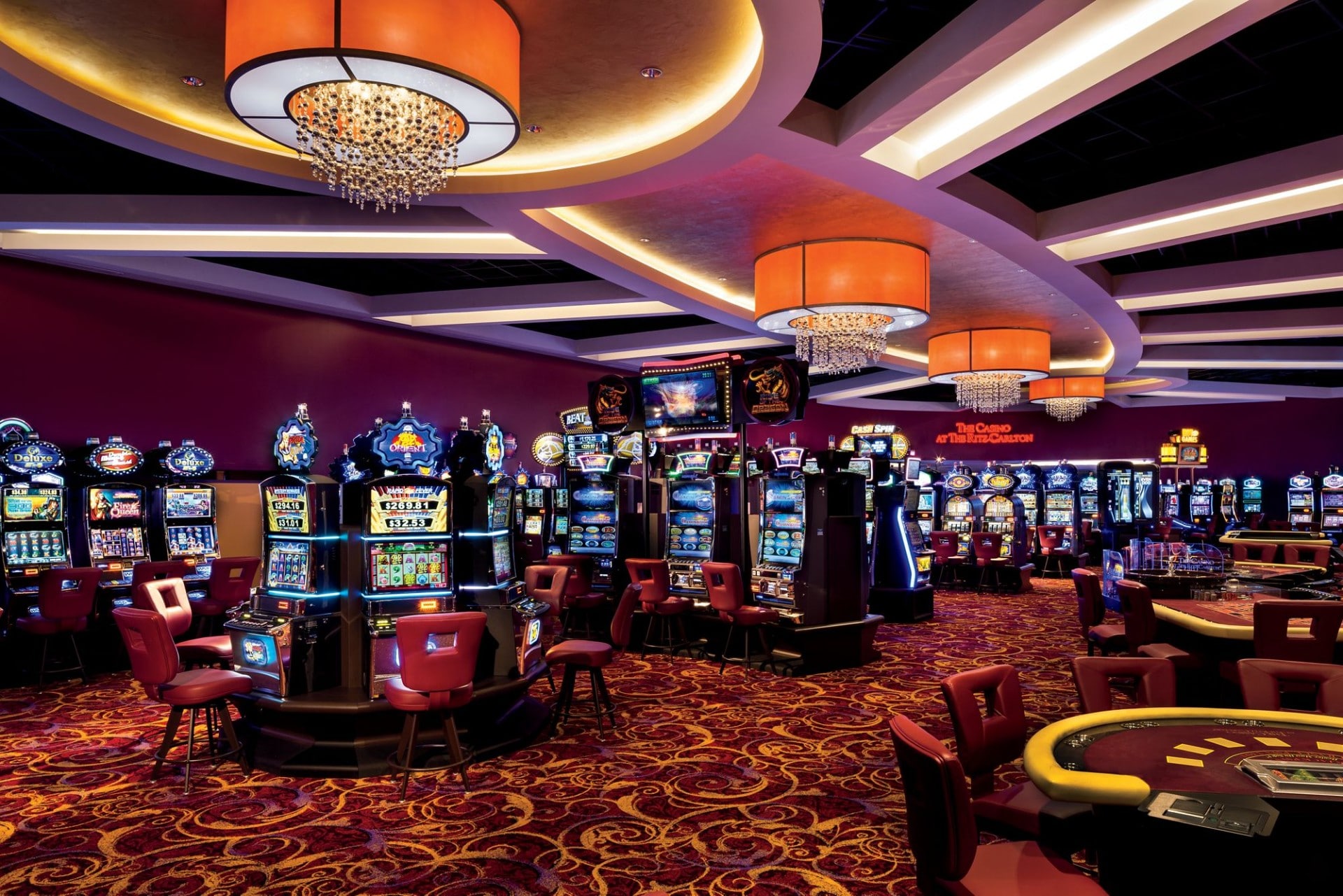
In the shadows of these shimmering lights plus those enticing sounds of spinning wheels lies an vibrant world in which creativity meets numbers: the creation of games of chance. As players flock to gaming establishments seeking thrills and the possibility of striking it rich big, a huge amount of effort takes place behind the scenes to create these games they enjoy. From the starting concept to the final product that players interact with, numerous elements come together to ensure a captivating gaming experience.
Designers, engineers, and game developers work together to combine cutting-edge technology with enthralling gameplay features. Each aspect, from visuals and sound effects to odds plus returns, is carefully crafted to attract players plus keep them engaged. Understanding this complex process of how casino games are made reveals both the technical skills required but also the creative vision that brings these immersive experiences to life.
Video Game Design Process
The design process starts with brainstorming and conceptualization, where creators generate concepts for new casino games. This first phase often includes identifying potential audiences and analyzing market trends. Designers take into account elements such as game mechanics, themes, and payout structures to create an immersive experience. Teamwork between game designers, mathematicians, and artists is essential to guarantee a balanced concept.
Once a concept is selected, the next stage entails prototyping and testing. Designers create a functional version of the game to assess its playability and mechanics. This allows for adjustments and refinements based on feedback from testers. Iteration is key, as designers may navigate multiple rounds of testing to fine-tune gameplay balance and user experience. This stage is essential for spotting any possible issues before the game goes into production.
After testing, the game moves into development and production. This comprises the technical aspects of coding the game software, integrating graphics, and making sure compliance with gaming regulations. Quality assurance testing verifies that the game functions seamlessly across various platforms and devices. Once everything is polished, the game is prepared for launch, often accompanied by promotional tactics to draw in players and generate excitement around the latest casino game.
Technology and Development
The evolution of casino games has evolved significantly with progress in tech. Modern game design often features premium graphics, captivating sound effects, and engaging animations that provide a compelling experience for gamers. Game developers use complex software tools and coding languages to develop these interactive gaming experiences. Additionally, the use of random number generators ensures equity and unpredictability in outcomes, which is crucial for maintaining player trust and compliance with gaming regulations.
In the past few years, the surge of online casinos has pushed the limits of game development even further. Developers are now able to design games that cater to a global audience, incorporating features such as live dealers and VR environments. This shift has encouraged new ideas, leading to novel game mechanics and formats that enhance player engagement. Mobile gaming has also become a major focus, driving developers to optimize games for smartphones and tablets, ensuring availability and convenience for players on the go.
Collaboration among creators, visual artists, and math experts is crucial in the creation process. Each team brings their expertise to ensure games are not only aesthetically pleasing but also statistically accurate and enjoyable. The integration of player feedback during testing phases allows developers to improve game features and functionalities, ultimately leading to a favorable launch. As technology continues to advance, the potential for innovative game concepts and experiences is unbounded, promising an thrilling future for casino games.
Assessing and Quality Control
Once a slot has been created, it enters the essential phase of evaluation and quality assurance. This stage ensures that the game operates perfectly and provides a fair experience for players. Teams conduct comprehensive tests, including functionality checks to verify that all game features work as expected. Each component, from visuals to audio, is reviewed to ensure quality benchmarks are met.
In addition to functionality testing, the game experiences thorough compliance checks to meet compliance requirements. Various jurisdictions have specific rules governing game fairness and player protection. Quality assurance teams will check that the random number generators are operating correctly and that the game’s payout percentages match with industry standards. 58win This detailed examination helps build trust with gamblers and regulators alike.
Finally, pre-launch testing may be conducted with genuine players to collect feedback on user experience. This critical insight allows developers to execute necessary adjustments before the official launch. Resolving any potential issues identified during this phase helps ensure that users will experience a smooth, captivating experience when the game goes live. The commitment to quality reflects the sector’s dedication to delivering pleasant and trustworthy casino games.